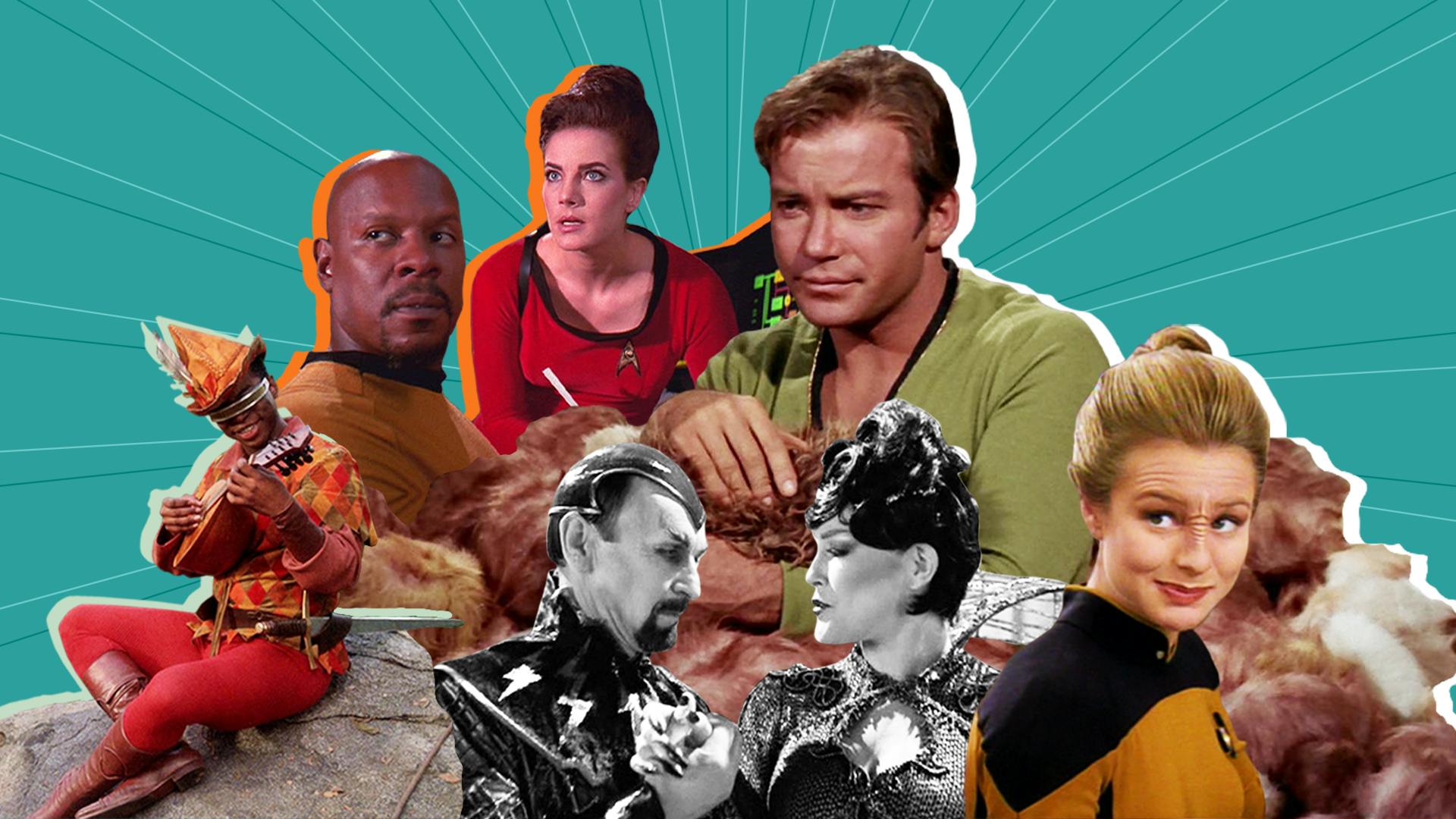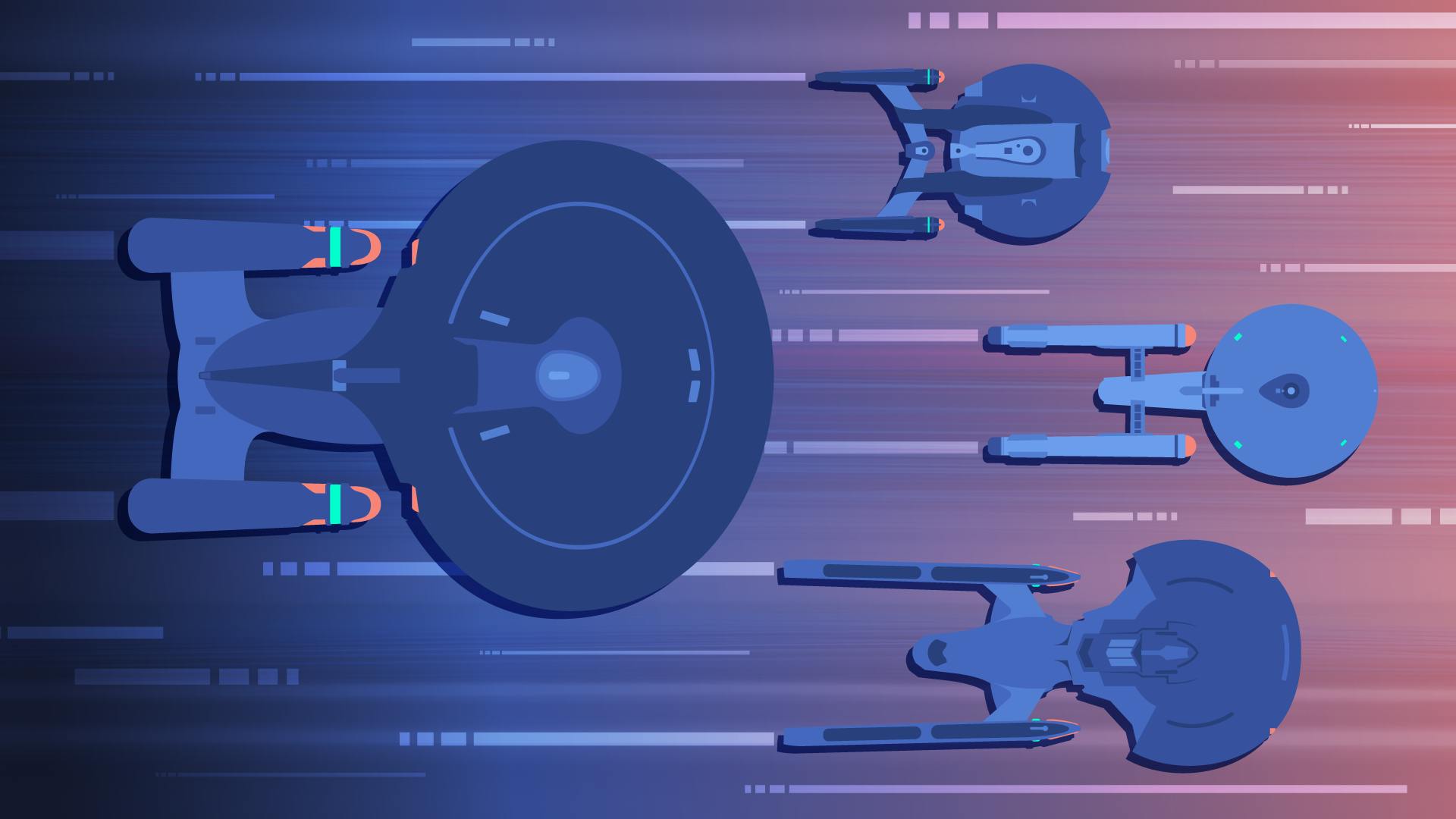Published Jul 9, 2023
Hoshi Sato Created a Linguistic Legacy
'Language literally opens the door to exploring new worlds as we embark on our trek through the stars...'
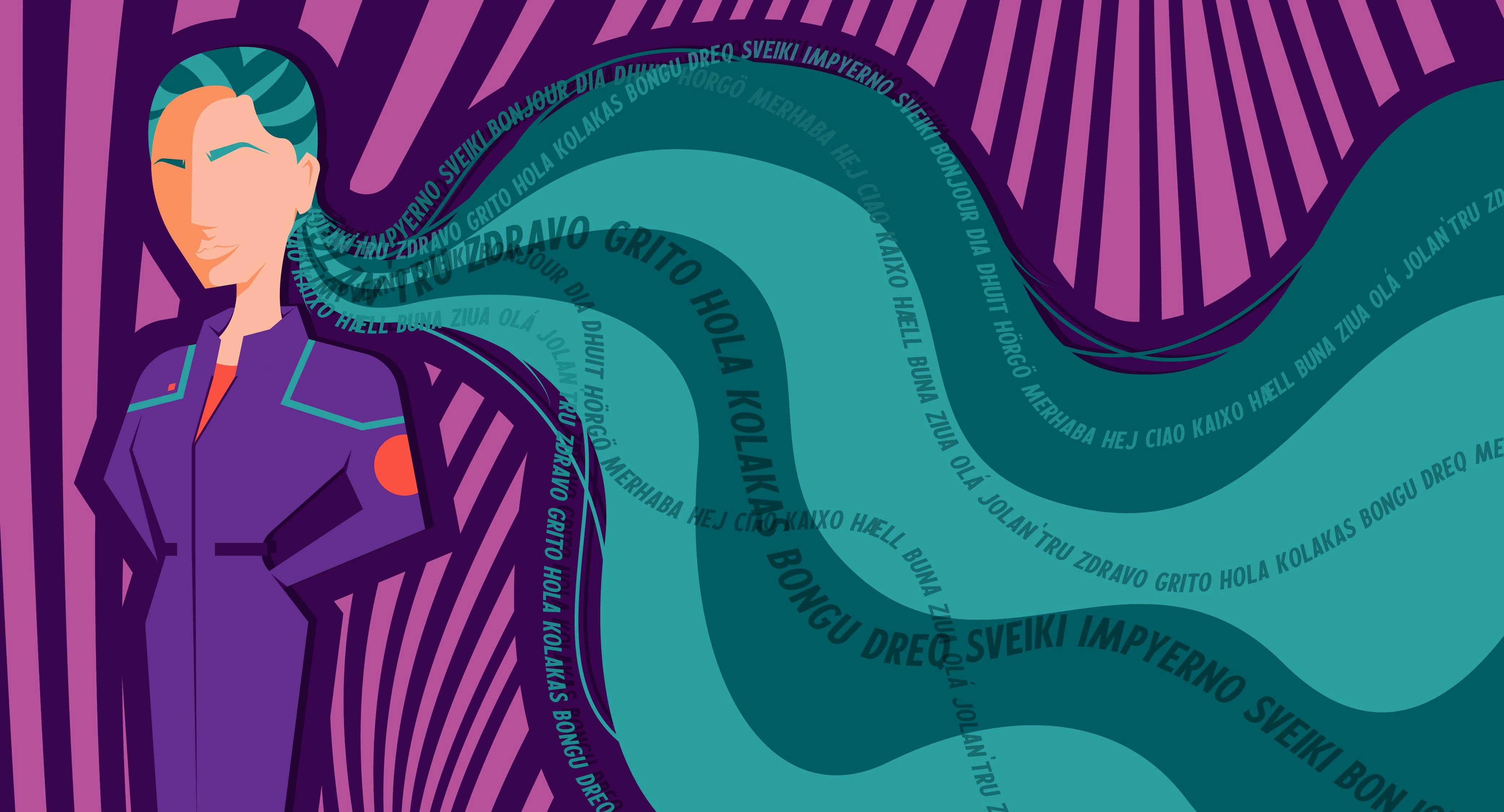
StarTrek.com
Since 1966, Star Trek characters have explored strange new worlds and sought out new life and new civilizations. And while Hoshi Sato, Star Trek: Enterprise’s “white-knuckled” communications officer, may not be the first explorer to come to mind, she more than anyone embodies the famous mantra’s true spirit.
At its core, Star Trek is about the best of humanity as we explore, create, and discover. It’s about finding our place in a vast universe alongside the people we share it with... but think how much harder it would be if no one could understand each other. It would be impossible to form interstellar relationships without communicating, and that’s why it takes a brilliant exolinguist like Hoshi to be our guiding light.
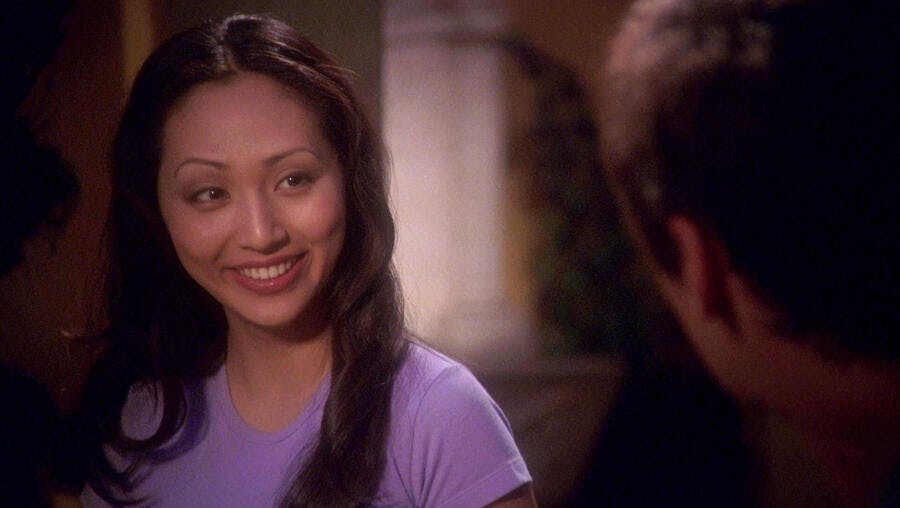
StarTrek.com
In the episode “Two Days and Two Nights,” Hoshi states that she learned 38 languages before even leaving Earth. As seen in her classroom in “Broken Bow,” this number already includes some alien languages. First of all, wow. And second, this record gives her a tremendous insight into how languages work. It’s easy to spot similarities between languages in the same family, such as Spanish and Italian or German and Swedish, but alien languages have no reason to be related to anything spoken on Earth. To crack them, you have to entertain possibilities outside anything else you know, and every new language will be completely different. So Hoshi may not have a flashy title like captain or chief engineer, but her job of figuring out how to speak to each distinct species is perhaps the most important to a mission of exploration.
One of the most thrilling and nerve-wracking aspects of her position is that she never knows what each day will bring. She might spend the day monitoring comm traffic, or she might be asked to construct sentences in a language she doesn’t speak on the spot to save her crew. It takes more than just brains to do her job, it takes courage and heart. She has to be infinitely open-minded in figuring out how any given species might communicate. She has to be understanding and slow to anger as she deals with a universe of cultural differences, and aboard the NX-01, that burden rests squarely on her shoulders. Her fellow crewmen not only rely on her abilities, they also trust her to say the right thing. Even Captain Archer looks to her to offer the right words of welcome; without her, first contact could well be last contact.

StarTrek.com
The only tool to aid Hoshi in her quest is the universal translator. One of Star Trek’s most useful inventions-slash-plot devices, the universal translator is able to instantly translate any language into the listener’s native tongue. In Hoshi’s time, however, the technology is still experimental and lacks the finesse that the chronologically later shows take for granted. It takes time for the UT to process enough of the language to build a translation matrix, and even then, the first results are shaky and inaccurate. Is it better than nothing? Sure. But when lives are at stake, “meh” isn’t good enough.
In the episode “Fight or Flight,” the UT struggles with the unfamiliar Axanar language. In true Google Translate fashion, it is only able to render increasingly confusing messages for the Axanar captain about to fire on Enterprise. As the tension rises and doom looks certain, Captain Archer urges Hoshi to abandon the translator and speak to the frustrated Axanar captain herself. At first, she is overwhelmed by the request; Archer has just placed the crew’s lives in her hands, and she knows enough about languages to realize just how unprepared she is to fly solo. It would be like trying to recite Romeo and Juliet after only paging through a first-grade reader. But despite her lack of confidence, and owing to her immense skill, she successfully convinces the Axanar captain not to fire on them and to help them against their mutual enemy. This was a turning point for the crew with their first successful first contact, but particularly for Hoshi, who faced her fears and came away stronger. She began to trust herself more, leading to her becoming the first human to master many new languages and setting a precedent for our favorites to follow.

StarTrek.com
Like any gadget, even technology as advanced as a universal translator can break down or make mistakes. Due to the endless nuances of language, software often misses an intended or understood meaning in favor of a literal translation. While the UT is undoubtedly helpful in beginning to decipher a new language, technology is no replacement for human intuition. Without a human translator, we might head out into the galaxy creating countless mermelada de papel situations, where “paper jam” is translated as “marmalade [made] of paper.” Technically correct? Yes. Intended meaning? Not so much, unless you meet some aliens who really love processed wood pulp. Without someone like Hoshi around, the crew would be rendered helpless if the UT crashed, since not many Starfleet officers take the time to learn other languages. As Hoshi says in “Breaking the Ice,” “One wrong word can mean the difference between saying ‘take my hand’ or ‘take my life.’” The smallest details may have the largest impacts, so it takes a diligent, detail-oriented mind to keep them in line.
Hoshi is so diligent that she takes extra steps to share her talent with people after she is gone. She develops the linguacode translation matrix, typically used when the universal translator doesn’t work (thus saving others from the same struggles she overcame). The matrix was still in use a hundred years later by Captain Kirk’s time, and even a hundred years after that with Captain Picard. The same timid young woman who wanted to leave Enterprise after her first panic attack instead stayed aboard to create a legacy of communication. Without her work, future encounters with fan favorites such as the Klingons might have played out very differently.
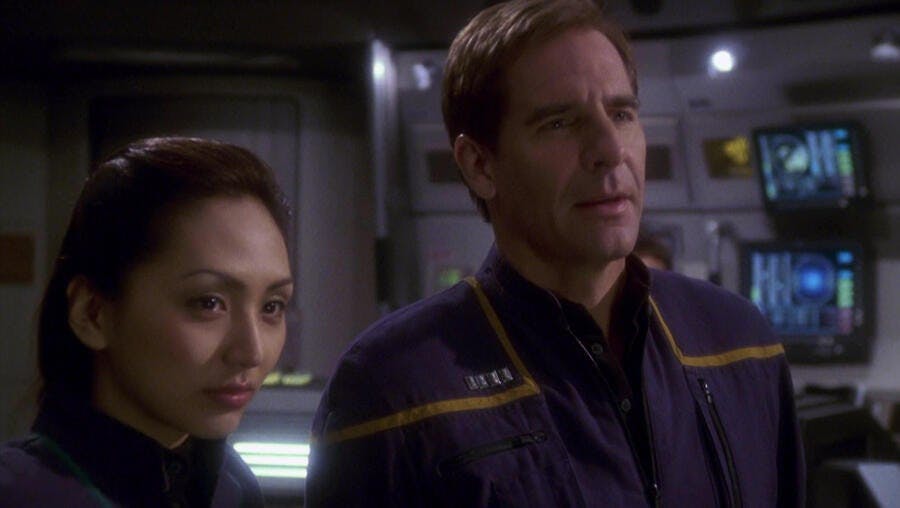
StarTrek.com
There’s a reason that the Klingon Language Institute’s motto is "language opens worlds" (or ‘qo'mey poSmoH Hol’ in the original Klingon). Being able to communicate with each other is the first step in establishing any relationship — for example, the Coalition of Planets. As noted by presider, Nathan Samuels, Hoshi’s improvements to the universal translator directly facilitated the discussion of a complex diplomatic issue (“Demons”). The Coalition of Planets, of course, evolves into the United Federation of Planets, the founding principle of all the other Star Trek series. Language literally opens the door to exploring new worlds as we embark on our trek through the stars, and it is Hoshi Sato as much as any pilot who leads the way.
This article was originally published on May 7, 2021.



